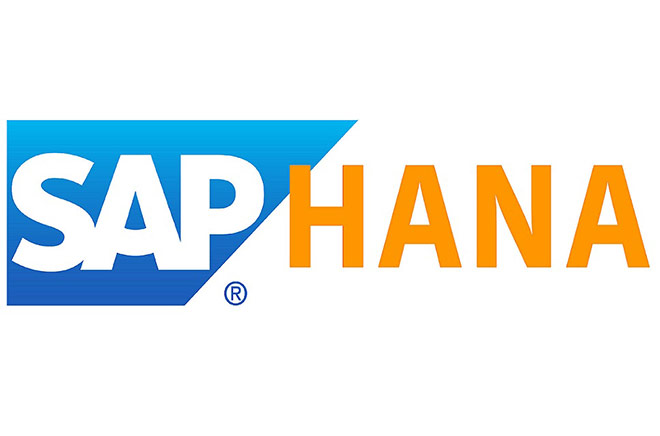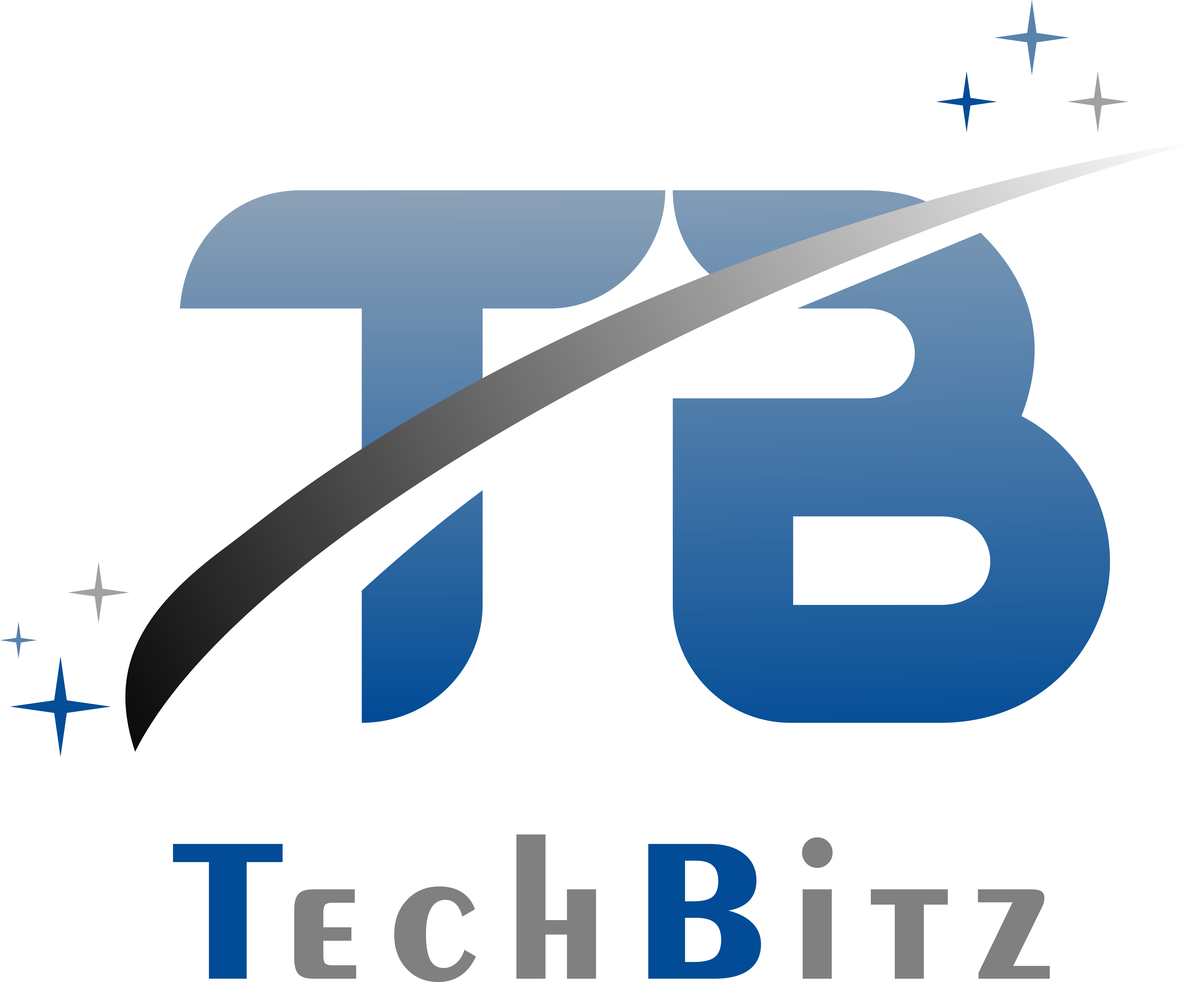
SAP HANA
SAP is likely the largest computer software house in the world today. SAP is famous for its Enterprise Resource Planning (ERP) software, used by most of the largest companies throughout the world.
SAP's ERP system allows businesses to store just about all the information they need to function, from data related to customers, to purchase orders, to deliveries, to invoices, through to production schedules for factories, stock levels, and so on. SAP's main selling point is the real-time, integrated aspect of the system—if an incoming delivery is entered into the system, then the stock levels are updated in real time. Data is always fresh, always current.
In 1997, SAP released SAP Business Information Warehouse (BIW), its vision of a data warehouse solution for the SAP ERP system. This product has gone through several different versions, right up to the SAP Business Warehouse (BW) 7.5 version, the latest at the time of writing.
The SAP BW (Business Warehouse—the term used to describe the underlying technology, as opposed to Business Intelligence, used to describe the user-facing technologies) system allows users to report on the data stored in the ERP system, allowing anything from simple analysis to complex simulations on sales forecasts depending on different factors.
Course Overview
You will learn how to perform the most important tasks in SAP HANA. By the end of this course, you will be able to create attribute, analytical, and calculation views, which will enable you to model any SAP HANA application you need to make. You'll also see other important features of the system as we go along
1. PART 1: INTRODUCTION
Chapter-1: OVERVIEW
Chapter-2: IN-MEMORY COMPUTING ENGINE
Chapter-3: STUDIO
Chapter-4: SAP HANA STUDIO ADMINISTRATION VIEW
Chapter-5: SYSTEM MONITOR
Chapter-6: INFORMATION MODELER
Chapter-7: CORE ARCHITECTURE
2. PART 2: MODELING
Chapter-1: MODELING INTRO
Chapter-2: SCHEMA IN DATA WAREHOUSE
Chapter-3: TABLES
Chapter-4: PACKAGES
Chapter-5: ATTRIBUTE VIEW
Chapter-6: ANALYTIC VIEW
Chapter-7: CALCULATION VIEW
Chapter-8: ANALYTIC PRIVILEGES
Chapter-9: INFORMATION COMPOSER
Chapter-10: EXPORT AND IMPORT
3. PART 3: REPORTING
Chapter-1: REPORTING VIEW
Chapter-2: BI 4.0 CONNECTIVITY TO HANA VIEWS
Chapter-3: CRYSTAL REPORTS
Chapter-4: EXCEL INTERGATION
4. PART 4: SECURITY
Chapter-1: SAP HANA—SECURITY OVERVIEW
Chapter-2: HANA : USERS ADMINISTRATION AND ROLE MANAGEMENT
Chapter-3: AUTHENTICATIONS
Chapter-4: AUTHORIZATION METHODS
Chapter-5: LICENSE MANAGEMENT
Chapter-6: AUDITING
5. PART 5: DATA REPLICATION
Chapter-1: CREATION OF SCHEMA
Chapter-2: CREATION OF TABLES
Chapter-3: TYPES OF REPLICATIONS
Chapter-4: CONNECT SAP BODS WITH HANA
Chapter-5: TRANSFER TABLES & EXTRACTORS FROM SAP APPLICATIONS TO HANA
Chapter-6: TRIGGER BASED APPLICATIONS
Chapter-7: IMPORT FLAT FILES INTO HANA
Chapter-8: SAP HANA DATA MODELLING
6. PART 6: SQL
Chapter-1: SQL OVERVIEW
Chapter-2: DATA TYPES
Chapter-3: SQL OPERATORS
Chapter-4: SQL FUNCTIONS
Chapter-5: SQL EXPRESSIONS
Chapter-6: SQL STORED PROCEDURES
Chapter-7: SQL SEQUENCES
Chapter-8: SQL TRIGGERS
Chapter-9: SQL SYNONYM
Chapter-10: SQL EXPLAIN PLANS
Chapter-11: SQL DATA PROFILING
Chapter-12: SQL SCRIPT
Why SAP
Features
SAP HANA is a combination of software and hardware innovation to process huge amount of real time data. Based on multi core architecture in distributed system environment. Based on row and column type of data-storage in database. Used extensively in Memory Computing Engine (IMCE) to process and analyze massive amount of real time data. It reduces cost of ownership, increases application performance, enables new applications to run on real time environment that were not possible before.
Need
Due to increase in “Data Volume”, it is a challenge for the companies to provide access to real time data for analysis and business use. It involves high maintenance cost for IT companies to store and maintain large data volumes. Due to unavailability of real time data, analysis and processing results are delayed. You will learn how to perform the most important tasks in SAP HANA. By the end of this course, you will be able to create attribute, analytical, and calculation views, which will enable you to model any SAP HANA application you need to make.

